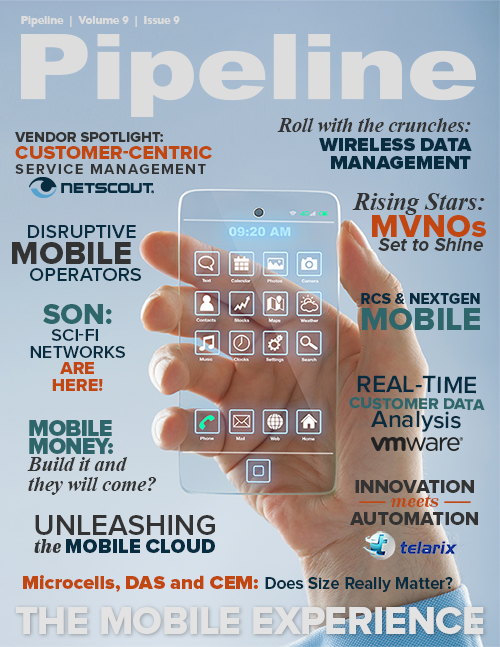Rising Stars: MVNOs Set to Shine
As you might have guessed, MVNOs are popping up everywhere, serving unique customer segments and emerging markets around the world. For the MVNO that can find its niche, particularly as a global player in those emerging markets, the opportunity could be staggering. But while the allure of being a mobile provider without the wireless-network albatross may be enticing, narrow profit margins, aggressive competition and challenging regulatory issues are keeping the herd relatively thin for now.
Making an MVNO work
If you’re an MNO, chances are your network isn’t that different from the next guy’s. Many customers don’t understand network capabilities or why the number or type of towers you have impacts their experience. Even if you don’t have your own network, chances are you can now piggyback on any of the world’s biggest and best networks. The simple truth is the network is no longer a competitive differentiator.
Today’s customers are looking for more than the latest “G,” and they’re gravitating toward providers they can trust, ones that serve their unique segment and can add extra value and personalization to their service experience. This presents several unique opportunities for MVNOs:
- Big brands: For major consumer brands with large customer bases and retail channels, becoming an MVNO allows them to leverage their brand strength and loyalty programs to offer competitive mobile services that target their unique demographic. Unlike other MVNOs, the primary benefit for these brands may be a boost to their core business revenue through increased customer engagement and retail activity. Household names like Kroger, RadioShack and Walmart have already begun to capitalize on this opportunity.
- Super segments: Other MVNOs have succeeded by focusing on personalized services that appeal to specific segments (e.g., international travelers, seniors) and special interests (environmental responsibility, philanthropy, frugality).
- Challengers: There is also an opportunity for providers who’ve had challenges entering the mobile market, such as cable companies and competitive local exchange carriers (CLECs). By adding wireless to their mix of services, they can broaden their bundle and bolster customer loyalty.
- Sub-brands: Though not exactly MVNOs, MNOs can get a piece of the action by launching sub-brands focused on specific consumer segments and in emerging markets. Coupled with their wholesale offering, MNOs can hedge their bets on both sides by keeping competitive MVNOs at bay in their core market while simultaneously helping to enable them, not to mention providing virtual offerings in emerging markets where the MNOs don’t have network infrastructure.
But no matter whether you’re a major consumer brand, an MVNO focused on a specific customer segment or somewhere in between, you have to be extremely efficient to survive.
With the network all but off the table, MVNOs can focus their efforts on what may be the final remaining competitive differentiator: the customer experience. But the customer experience is extremely complex and affects many different touchpoints, from sales, marketing and fulfillment to device and service management, customer service, billing, and more. For MVNOs without a telco background, the task may be daunting and, ultimately, the reason for their ultimate demise.
According to Joe Mallahan, CEO of Step Up Mobile, “Launching a new MVNO to the market means that the top priorities for us are focused on delivering a high-quality customer experience and being nimble to market changes while maintaining a lean cost base. We believe that by having our billing and customer-care platform provided as a software-as-a-service [SaaS], cloud-based system will support our requirements today and in the future.”
Communications technologies such as operational and business support systems (OSS/BSS) have been around for a long time, honed in the high-tech workshops of some of the world’s largest operators. But the cold reality of much fewer resources, longer return-on-investment (ROI) cycles, a lack of telco expertise, and limited funding and IT resources can spell disaster for a fledgling MVNO.



















